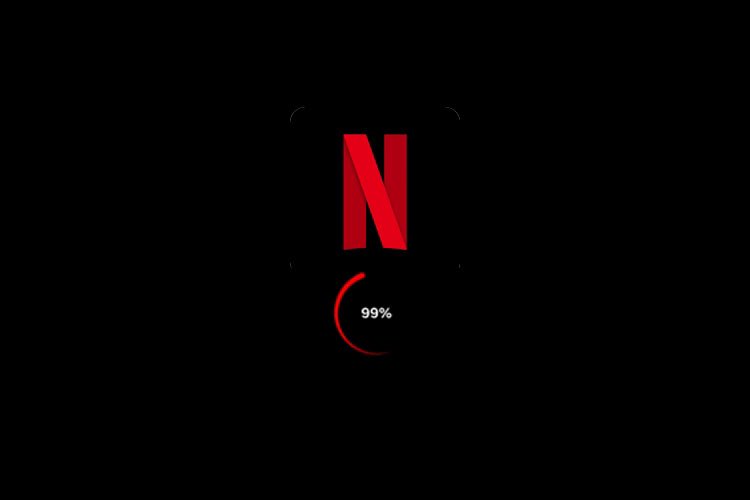Overview of High-Speed Internet Success
High-speed internet has transformed the way we live, work, and connect. From enabling seamless video calls to powering global e-commerce, the impact of high-speed connectivity is undeniable. Key milestones, like the rollout of fiber optics and 5G networks, have set new standards for speed and reliability.
Technological Advancements
Emerging Technologies
- Satellite Internet: Companies like Starlink are providing connectivity to remote areas.
- 5G Networks: mmWave technology offers unprecedented speeds and lower latency.
- Fiber Optics: Continuous improvements are driving gigabit and terabit speeds.
Future Trends
What Lies Ahead?
- Quantum Internet: Promises ultra-secure data transfer.
- AI-Driven Networks: Automation will optimize connectivity and reduce downtime.
- Sustainability: Eco-friendly data centers will play a key role in reducing the environmental impact of internet infrastructure.
Real-World Applications
High-speed internet is revolutionizing industries:
- Telemedicine: Enables remote diagnosis and treatment.
- Remote Work: Facilitates productivity and collaboration from anywhere.
- Smart Homes: Powers IoT devices for convenience and security.
Challenges and Solutions
While high-speed internet has brought immense benefits, challenges remain:
- Digital Divide: Expanding access to rural and underserved areas.
- Infrastructure Costs: Balancing affordability and scalability.
- Data Privacy: Ensuring secure and ethical use of personal data.
Timeline of Internet Evolution
From dial-up to gigabit speeds, explore the journey of internet advancements:
- 1990s: The era of dial-up internet.
- 2000s: DSL and cable internet gained traction.
- 2010s: Fiber optics and 4G LTE networks became mainstream.
- 2020s: The rise of 5G and satellite internet.
Comparison of Internet Technologies
| Technology | Max Speed | Latency | Best For |
|---|---|---|---|
| DSL | 100 Mbps | Moderate | General browsing, streaming |
| Cable | 1 Gbps | Moderate | Families, gaming |
| Fiber | 10 Gbps+ | Low | Remote work, telemedicine |
| Satellite | 150 Mbps | High | Rural areas |
Explore High-Speed Internet Plans
Discover the best plans tailored to your needs. Find High-Speed Internet Plans in your area today!





